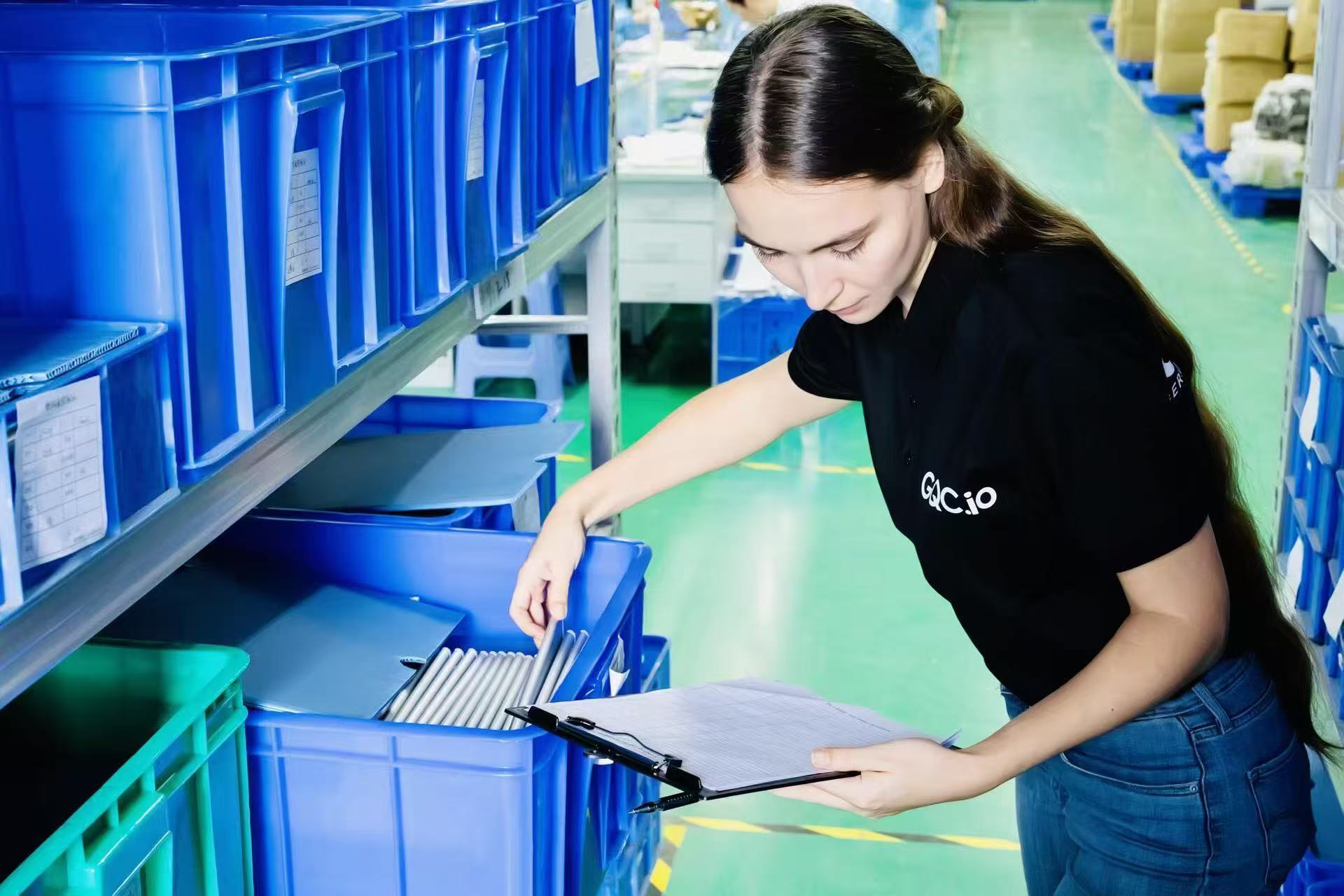There are thousands of factories in China that can manufacture your product. It's a huge market and there is always someone willing to meet your needs; but how do you know who is reliable? How do you avoid suppliers using cheaper components while they manufacture your goods? Is it possible that they'll use substandard or counterfeit parts on your products?And how will you be able to tell if they've done so? In this article, we'll be discussing these issues and providing suggestions on how you can ensure a safe process whenever your factory purchases components for your products.
As we mentioned previously when you order from Chinese factories, there are risks that the suppliers will use cheap components to manufacture your product. Some of them purchase materials from cheaper sources rather than sourcing them from reliable companies. Not only are these cheap materials likely to be inferior, they will also cost you more overtime - whether through faster wear and tear or poor durability. Therefore, it is important that you find out where they source their raw materials from and whether they have been tested and certified.
You can ensure that the right components are purchased and used by following these steps:
1. Thoroughly check the quality of your supplier's materials before committing to them for any projects. This can be done by requesting samples of their products, conducting a physical inspection, or even getting a third-party laboratory to conduct analysis on them. Read more about it here *sample check article*
2. Ask suppliers to confirm whether they use low-cost or expensive materials in their products, as this could be a determining factor in the cost of manufacturing. Be sure to get a written contract with clear details about the quality standards expected, including what will happen if they fail to meet them. App parts/material specification should be mentioned on the BOM and followed.
3. Make sure that all of the parts will fit together before ordering anything from your factory and send samples so that they can test them out themselves before putting them into production.
4. If your product requires custom parts, look for a supplier that has experience with manufacturing those kinds of parts. There are many types of custom parts that require specific machinery and expertise to produce properly. If they have made other products similar to yours, ask them to send you pictures or videos of those products as well as their bill of materials (BOM).
5. If you're making a product that requires multiple materials and/or parts, then it's important to discuss with your factory what they will provide and how many they will provide. You don't want to get stuck when they run out of something and need to order more from another supplier.
When your factory changes materials or components the risk that your product does not comply with market standards is very high. Therefore for every inspection or test the product should be compared to the BOM and CDF.
If your product is a high-value one, then you should be aware of the risk that the quality of components supplied by factories in China may not match the quality claims made by them. The risk of this happening is high and can impact the full life cycle of your product. This is why a lot of businesses use third-party quality control companies to check not only the end product but components as well. Learn more about GQC testing services and factory audits on our website www.gqc.io




